Some 170 Korean Air employees flocked to a Mongolian desert to plant trees as part of voluntary environmental conservation efforts, the South Korean carrier said Thursday.
A total of 600 people, including Korean Air’s new employees, executives and Mongolian residents, participated in the activity in the Baganuur Desert from May 18-29.
Mongolia has suffered from the effects of climate change, with 76 percent of its land vulnerable to desertification, the damaging effects of which have spilled over to neighboring countries due to yellow sand blown by the wind.
A total of 600 people, including Korean Air’s new employees, executives and Mongolian residents, participated in the activity in the Baganuur Desert from May 18-29.
Mongolia has suffered from the effects of climate change, with 76 percent of its land vulnerable to desertification, the damaging effects of which have spilled over to neighboring countries due to yellow sand blown by the wind.
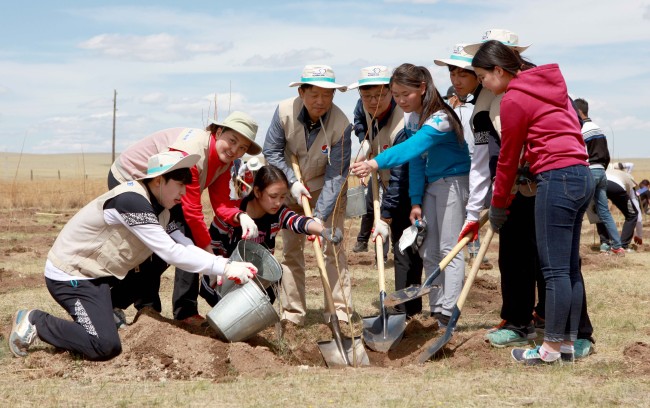
“It is significant given the severity of the damage caused to neighboring countries and the level of engagement of the local community and Korean Air’s employees in the program,” the company’s official said.
Over a decade, the airline has been working the forestry project to halt desertification in Mongolia since it formed “Korean Air Forest” in the region in 2004.
By planting 10,000 trees, mainly poplar trees, sea buckthorn and Siberan elms this year, the desert area will be transformed into 440,000 square meters of forest, with 90,000 trees planted there over several years.
“We expect that sea buckthorn will also help local residents to increase their income as the fruit of the tree can be used to make vitamin drinks,” the official said.
By Park Han-na (hnpark@heraldcorp.com)
-
Articles by Korea Herald



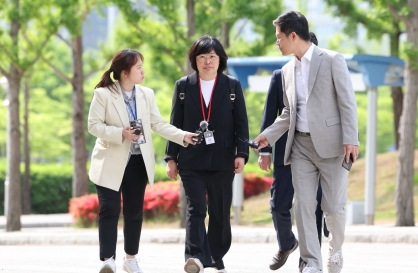
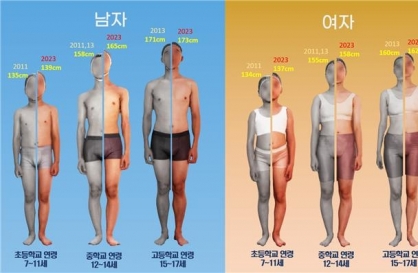
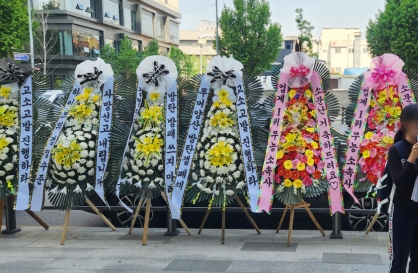
![[Graphic News] Number of coffee franchises in S. Korea rises 13%](http://res.heraldm.com/phpwas/restmb_idxmake.php?idx=644&simg=/content/image/2024/05/02/20240502050817_0.gif&u=)
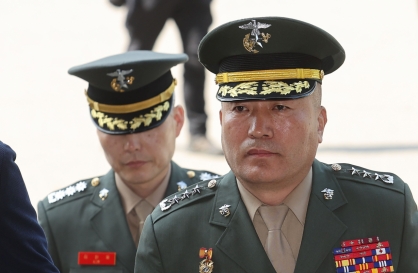

![[Robert J. Fouser] AI changes rationale for learning languages](http://res.heraldm.com/phpwas/restmb_idxmake.php?idx=644&simg=/content/image/2024/05/02/20240502050811_0.jpg&u=)





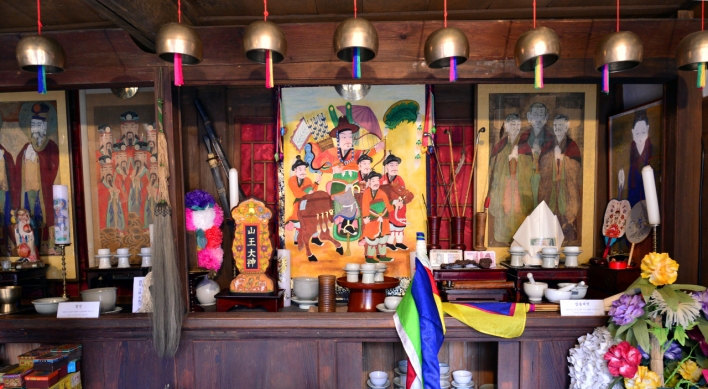


![[Eye Interview] 'If you live to 100, you might as well be happy,' says 88-year-old bestselling essayist](http://res.heraldm.com/phpwas/restmb_idxmake.php?idx=652&simg=/content/image/2024/05/03/20240503050674_0.jpg&u=)
